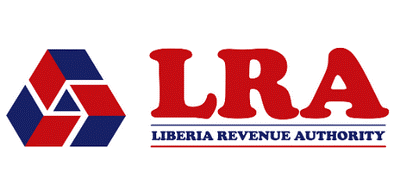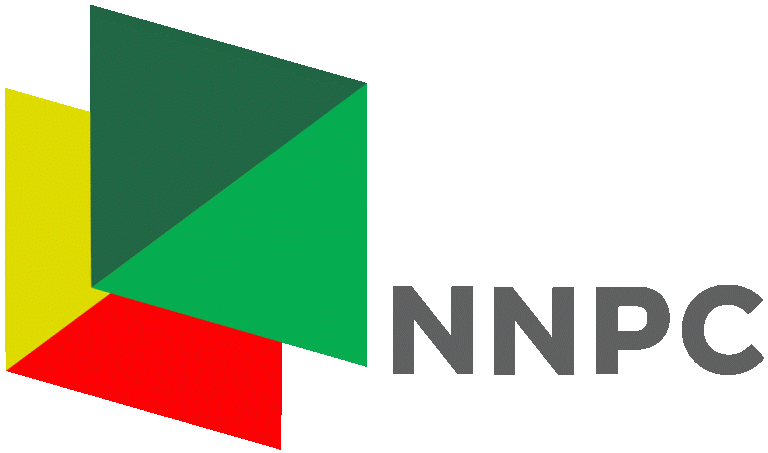Training On Data Management, Graphics and Statistical Analysis Using SPSS
INTRODUCTION
The "Data Management, Graphics, and Statistical Analysis Using SPSS" training course is designed to provide participants with a comprehensive understanding of how to manage, analyze, and visualize data using SPSS (Statistical Package for the Social Sciences). SPSS is a powerful tool widely used for statistical analysis in various fields such as research, business, healthcare, and education.
This course will equip participants with the skills needed to perform effective data management, generate insightful graphical representations, and conduct advanced statistical analyses using SPSS. Participants will learn how to clean and prepare data, apply descriptive and inferential statistics, and visualize results through charts, graphs, and tables. Whether you are a beginner or an experienced data analyst, this training will help you make informed decisions based on data-driven insights.
The course emphasizes practical, hands-on exercises to ensure that participants can apply SPSS techniques in real-world scenarios, making it ideal for professionals in research, business intelligence, academic settings, and government organizations.
DURATION
5 Days
TARGET AUDIENCE
This course is aimed at anyone conducting field data collection activities.
OBJECTIVES
By the end of this course, participants will be able to:
- Understand the SPSS interface and navigate its data management, analysis, and visualization features.
- Import, clean, and organize datasets for effective data analysis.
- Apply descriptive statistics to summarize and describe data characteristics.
- Perform inferential statistical tests to draw conclusions from sample data.
- Create and customize charts, graphs, and tables to visualize data patterns and trends.
- Conduct bivariate and multivariate analyses to explore relationships between variables.
- Interpret statistical results and make data-driven decisions.
- Manage large datasets efficiently using SPSS’s data transformation and manipulation tools.
- Generate automated reports from SPSS outputs to streamline data reporting processes.
- Enhance understanding of statistical concepts through practical, real-world examples and exercises.
COURSE OUTLINE
Module 1: Introduction to SPSS
- Overview of SPSS: History, applications, and key features
- Navigating the SPSS interface: Data View, Variable View, Output Window
- Data types and measurement scales in SPSS
- Importing data from various sources (Excel, CSV, etc.)
Module 2: Data Management and Preparation
- Data entry and editing in SPSS
- Importing, exporting, and merging datasets
- Data cleaning techniques: Handling missing data, outliers, and duplicates
- Creating and recoding variables
- Data transformation (e.g., compute variables, standardize data, and rank data)
Module 3: Descriptive Statistics
- Calculating measures of central tendency (mean, median, mode)
- Measures of dispersion (standard deviation, variance, range)
- Frequency distributions and cross-tabulations
- Generating descriptive statistics reports in SPSS
- Identifying patterns and insights from descriptive analyses
Module 4: Data Visualization with SPSS Graphics
- Introduction to SPSS Charts and Graphs
- Creating bar charts, pie charts, histograms, and boxplots
- Customizing graphs (labels, colors, legends, etc.)
- Using scatterplots and line graphs to explore relationships
- Exporting and presenting graphics for reports and presentations
Module 5: Inferential Statistics
- Overview of inferential statistics and hypothesis testing
- T-tests (independent samples, paired samples)
- Analysis of Variance (ANOVA)
- Chi-square tests for categorical data
- Confidence intervals and significance testing
Module 6: Correlation and Regression Analysis
- Exploring relationships between variables using correlation (Pearson, Spearman)
- Simple and multiple linear regression models
- Interpreting correlation coefficients and regression output
- Assessing model fit and making predictions
- Residual analysis and diagnostics for regression models
Module 7: Advanced Statistical Techniques
- Logistic regression analysis (binary and multinomial)
- Factor analysis: Identifying underlying data structures
- Cluster analysis: Grouping similar cases or variables
- Time series analysis: Analyzing trends over time
- Using SPSS syntax for advanced data manipulation
Module 8: Non-Parametric Tests
- Overview of non-parametric statistics
- Mann-Whitney U test, Wilcoxon signed-rank test
- Kruskal-Wallis test, Friedman test
- Interpreting non-parametric test results in SPSS
Module 9: Reporting and Automating SPSS Outputs
- Generating and customizing SPSS output reports
- Using pivot tables for dynamic data reporting
- Automating repetitive tasks in SPSS with macros and syntax
- Exporting SPSS results to Word, Excel, or PDF formats for sharing with stakeholders
CERTIFICATION
- Upon successful completion of this training, participants will be issued with Macskills Training and Development Institute Certificate
TRAINING VENUE
- Training will be held at Macskills Training Centre. We also tailor make the training upon request at different locations across the world.
AIRPORT PICK UP AND ACCOMMODATION
- Airport pick up and accommodation is arranged upon request
TERMS OF PAYMENT
- Payment should be made to Macskills Development Institute bank account before the start of the training and receipts sent to info@macskillsdevelopment.com
Training On Data Management, Graphics And Statistical Analysis Using Spss in Kenya
| Dates | Fees | Location | Action |
|---|---|---|---|
| 20/10/2025 - 24/10/2025 | $2,900 | Kigali |
|
| 27/10/2025 - 31/10/2025 | $1,250 | Nairobi |
|
| 03/11/2025 - 07/11/2025 | $4,000 | Johannesburg |
|
| 17/11/2025 - 21/11/2025 | $1,500 | Mombasa |
|
| 24/11/2025 - 28/11/2025 | $1,250 | Nairobi |
|
| 01/12/2025 - 05/12/2025 | $2,900 | Kigali |
|
| 08/12/2025 - 12/12/2025 | $1,250 | Nairobi |
|
| 05/01/2026 - 09/01/2026 | $4,950 | Dubai |
|
| 19/01/2026 - 23/01/2026 | $2,900 | Kigali |
|
| 26/01/2026 - 30/01/2026 | $1,250 | Nairobi |
|
| 02/02/2026 - 06/02/2026 | $4,000 | Pretoria |
|
| 16/02/2026 - 20/02/2026 | $1,750 | Mombasa |
|
| 23/02/2026 - 27/02/2026 | $1,250 | Nairobi |
|
| 02/03/2026 - 06/03/2026 | $4,950 | Instanbul |
|
| 16/03/2026 - 20/03/2026 | $2,900 | Kigali |
|
| 23/03/2026 - 27/03/2026 | $1,250 | Nairobi |
|
| 06/04/2026 - 10/04/2026 | $4,000 | Johannesburg |
|
| 13/04/2026 - 17/04/2026 | $1,750 | Mombasa |
|
| 20/04/2026 - 24/04/2026 | $1,250 | Nairobi |
|
| 04/05/2026 - 08/05/2026 | $4,950 | Dubai |
|
| 18/05/2026 - 22/05/2026 | $2,900 | Kigali |
|
| 25/05/2026 - 29/05/2026 | $1,250 | Nairobi |
|
| 01/06/2026 - 05/06/2026 | $4,950 | Instanbul |
|
| 15/06/2026 - 19/06/2026 | $2,900 | Kigali |
|
| 22/06/2026 - 26/06/2026 | $1,250 | Nairobi |
|





















